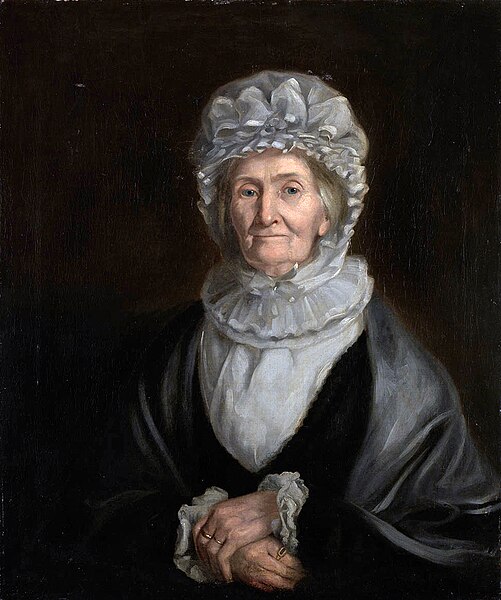On 14 February 1779, English explorer Captain James Cook attempted to kidnap Kalaniʻōpuʻu, the ruling chief of the island of Hawaii, after the native Hawaiians had stolen a longboat from Cook's expedition. As Cook attempted to take the chief to his ship, they were confronted by a crowd of Hawaiians at Kealakekua Bay, seeking to rescue their hostage. The ensuing battle killed Cook and several Royal Marines, as well as several Hawaiians. Kalaniʻōpuʻu survived the exchange.
Resolution and Discovery (detail) by John Cleveley the Younger
The dagger purportedly used, on display at the Royal British Columbia Museum in Victoria, British Columbia, Canada
Kaʻawaloa in 1779 by John Webber, artist aboard Cook's ship
One of the most famous reproductions of 'Death of Captain Cook' by John Cleveley the Younger, Aquatint Francis Jukes
Captain James Cook was a British explorer, cartographer and naval officer famous for his three voyages between 1768 and 1779 in the Pacific Ocean and to New Zealand and Australia in particular. He made detailed maps of Newfoundland prior to making three voyages to the Pacific, during which he achieved the first recorded European contact with the eastern coastline of Australia and the Hawaiian Islands and the first recorded circumnavigation of New Zealand.
Portrait by Nathaniel Dance-Holland, c. 1775
Elizabeth Cook, wife and for 56 years widow of James Cook, by William Henderson, 1830
Cook landing at Botany Bay (Kamay)
Endeavour replica in Cooktown, Queensland harbour – anchored where the original Endeavour was beached for seven weeks in 1770








